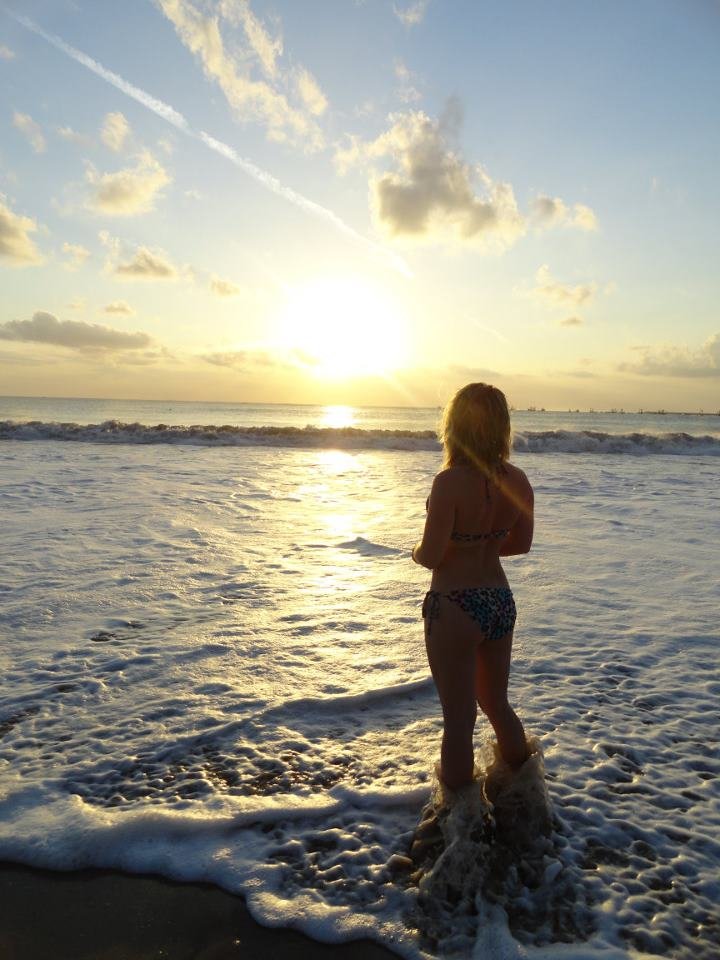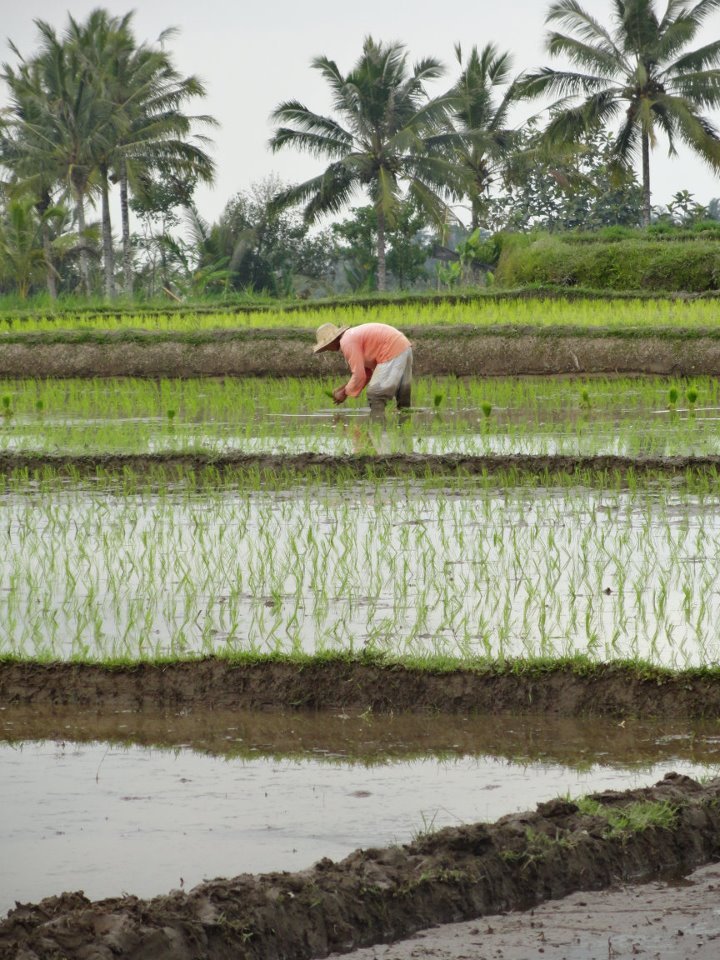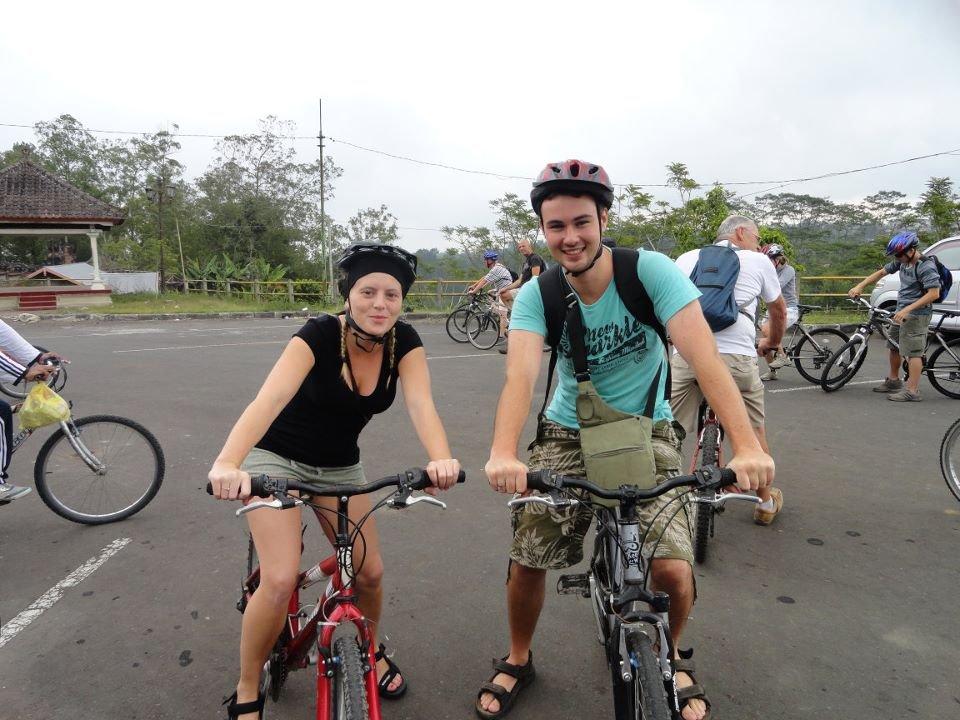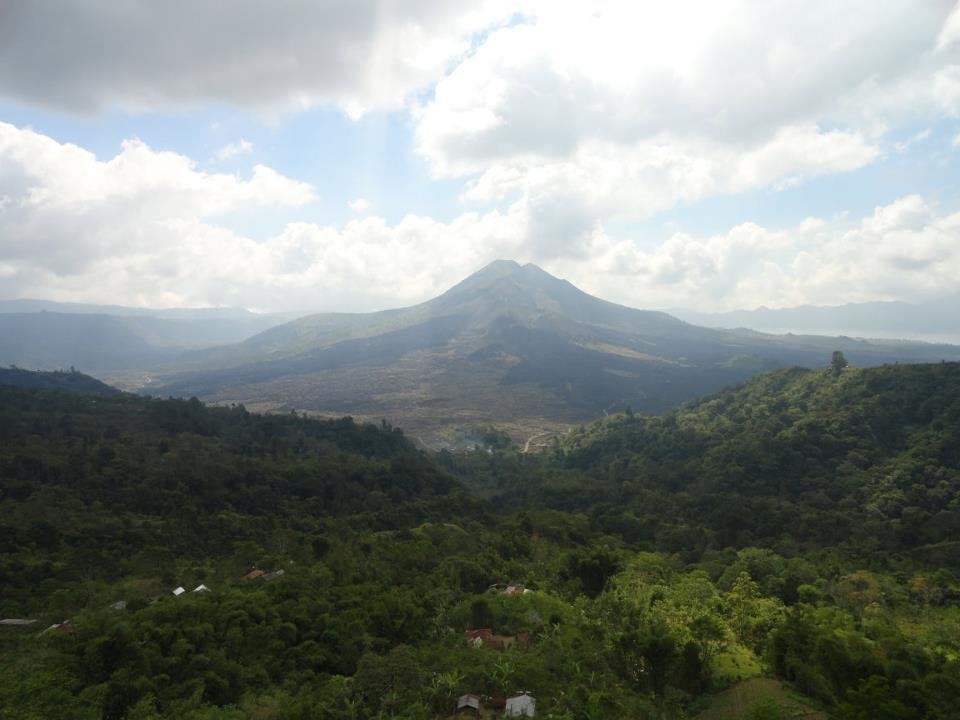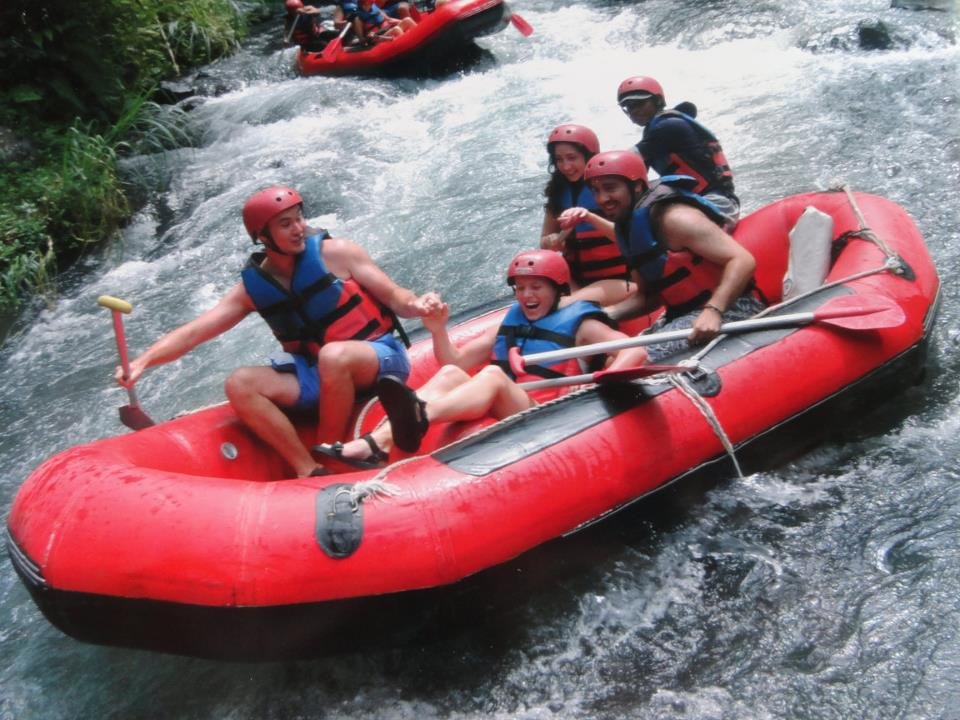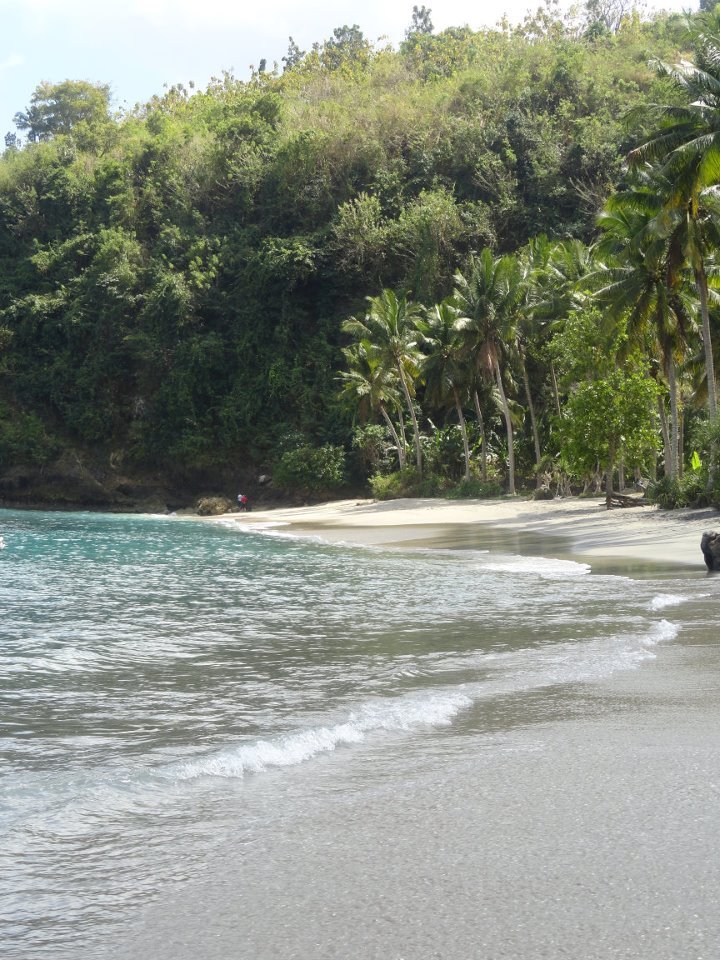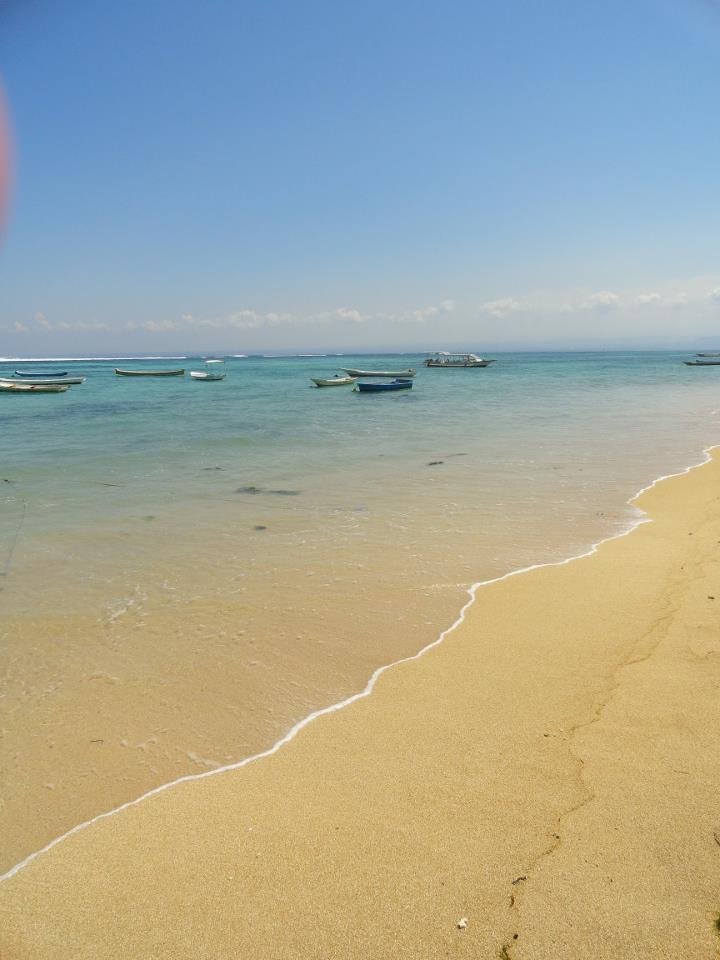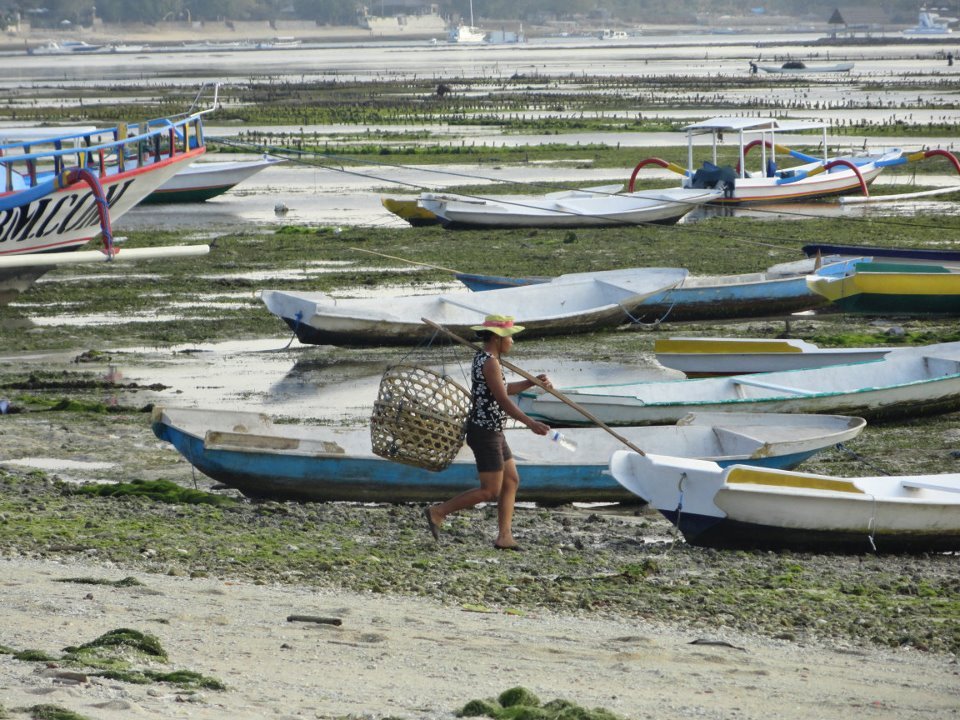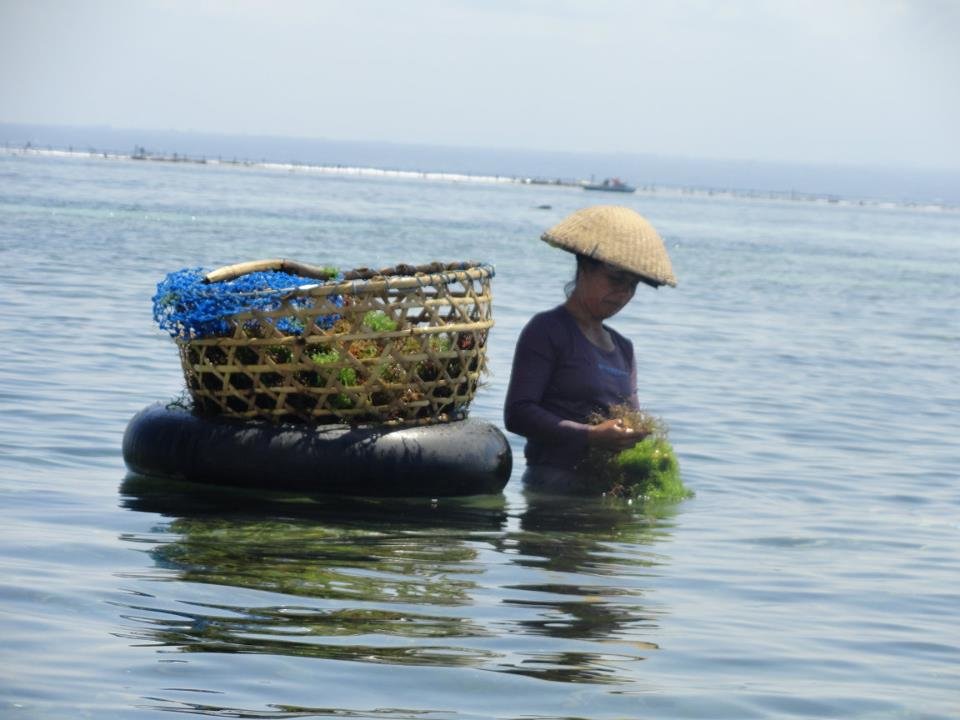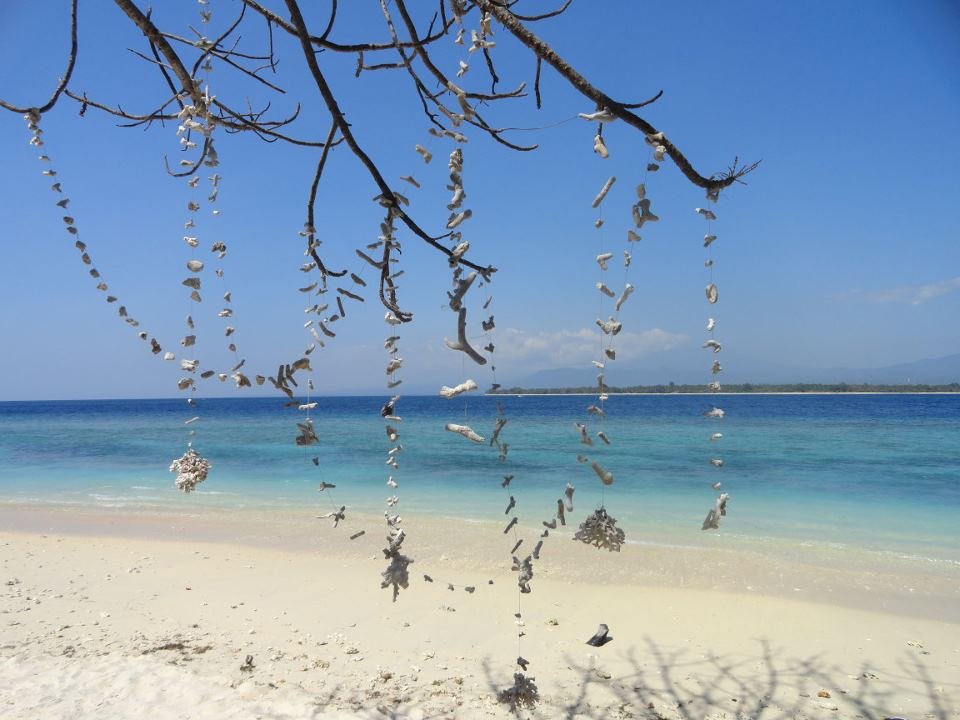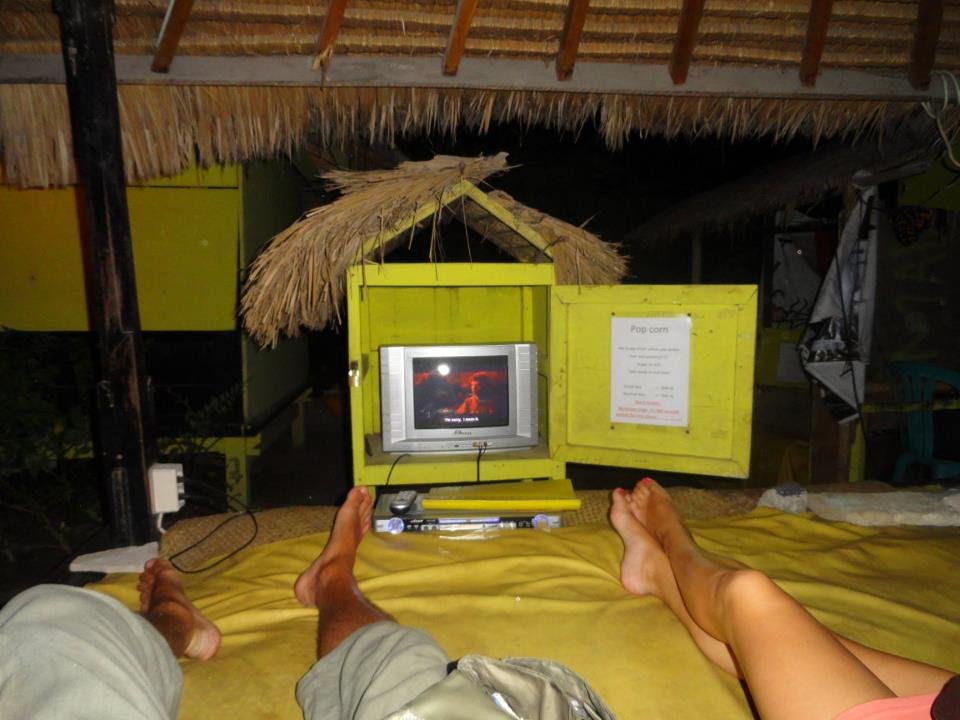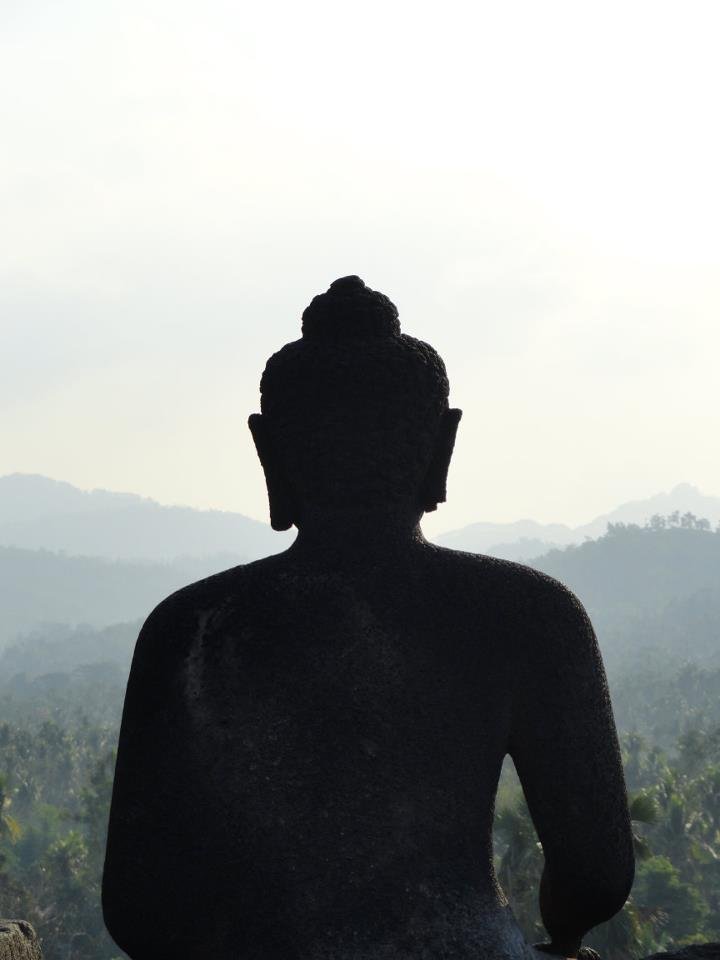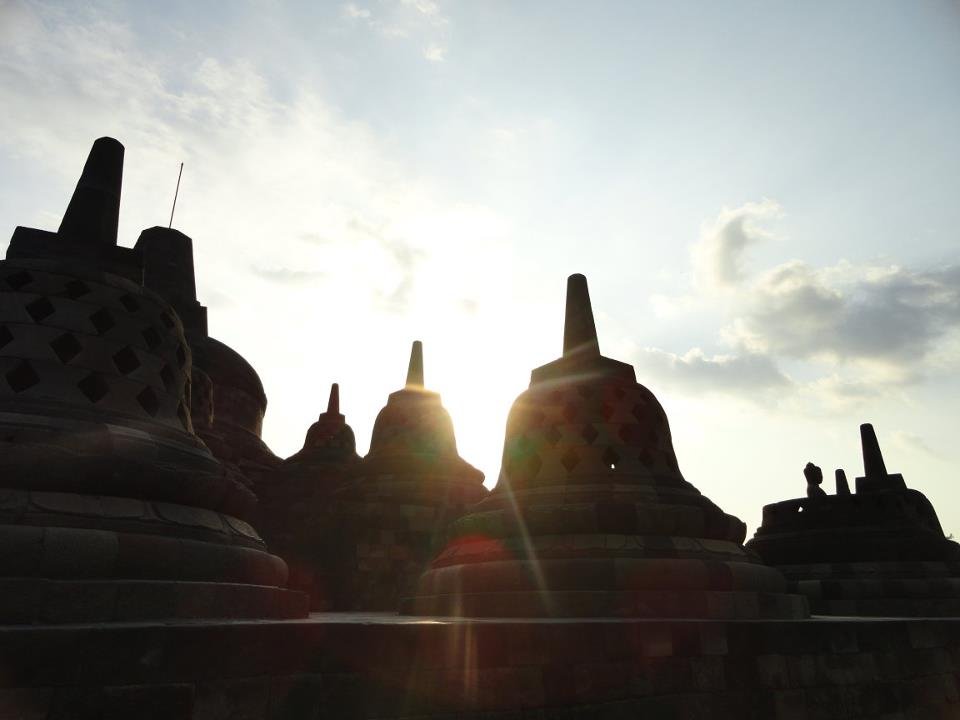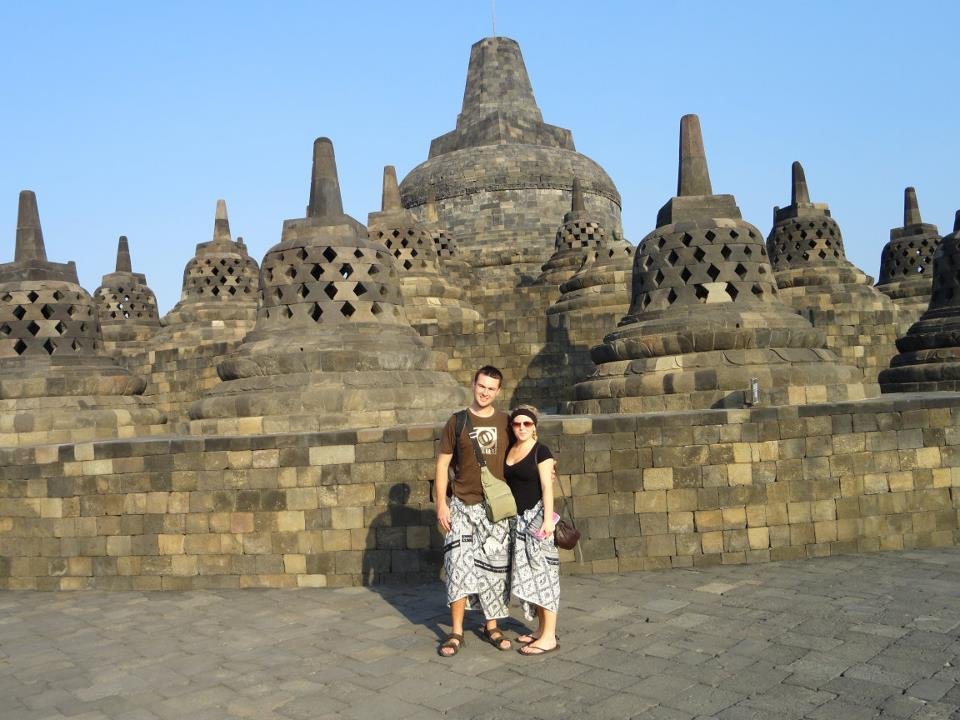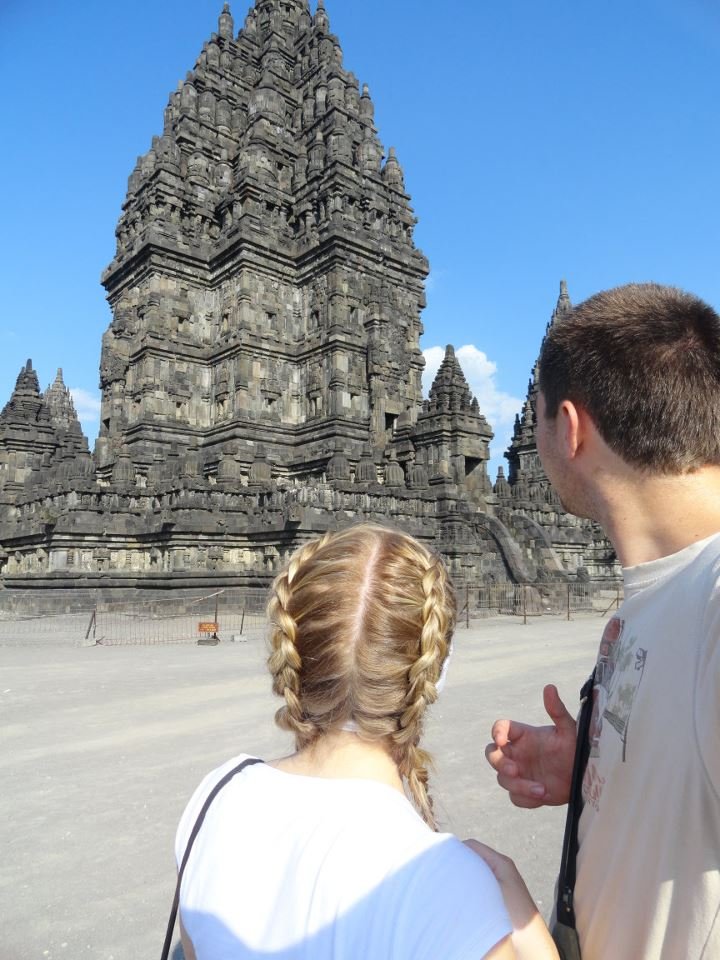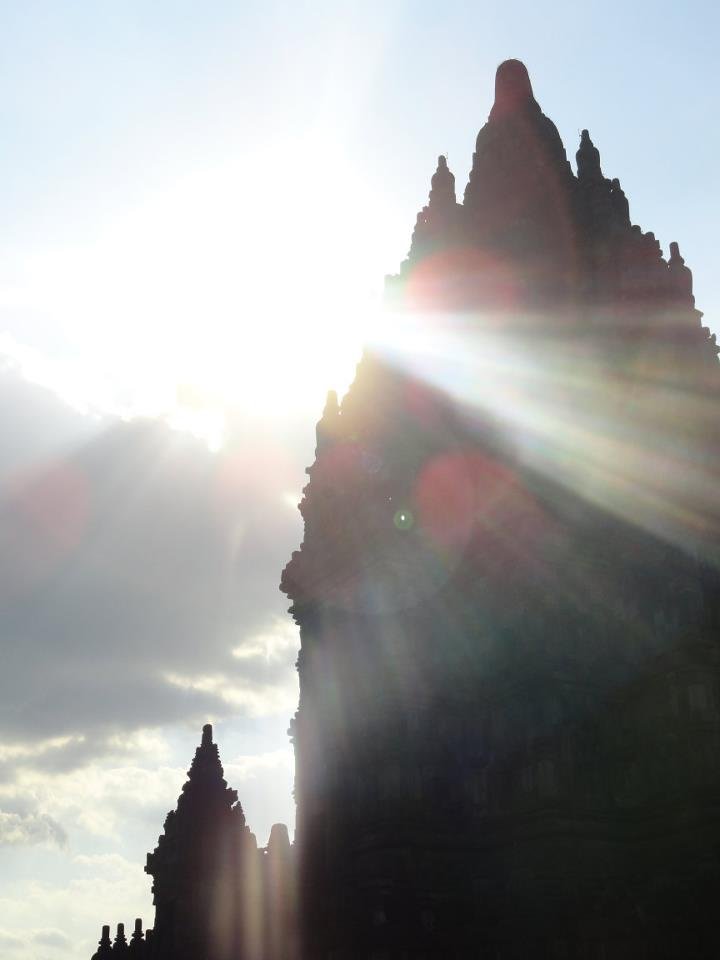Indonesia With Kids - Top Places to Visit
Gili Islands
It’s no secret that a country as beautiful and diverse as Indonesia still remains one of our top destinations. From cultural capitals to tropical shores, it really has something to offer everyone. Whether you’re an adrenaline junkie, beach bum or culture enthusiast we truly believe anyone would relish their time here.
Although we travelled around Indonesia (Jave and Bali) prior to having children, we’d feel very comfortable visiting as a family and a return trip with the kids is actually in the pipeline.
Allow us to share with you our top recommended things to do in Indonesia, based on the areas we have visited and activities we have personally experienced.
Bali
Jimbaran
If travelling has wiped you out and you’re in need of some downtime from the intense pace of jam-packed days on the move, you will be glad to know Jimbaran has the perfect remedy to make you feel revitalised and ready to take on the world. This perfect remedy is made up of three simple words...Relax, relax and relax some more.
We spent three nights in Jimbaran Bay and when first arriving, we did wonder what was so impressive about this area, yes the beach was very welcoming and almost completely deserted, however, there seemed to be a lack of things to do to keep us occupied. Little did we know this was the special thing about Jimbaran, the very factor that attracted people to the bay. With nothing to do other than relax on the beach, ride the waves on our body boards and sip coconut shakes whilst watching the most incredible sunsets, we were forced to wind down and do very little, slowing down to meet Jimbaran’s tranquil pace.
We had heard rave reviews about Jimbaran’s take on seafood dishes, so we decided to head down for a stroll on the beach prior to the hunt for food commencing, and when we arrived on the sand we were completely ‘gob-smacked’ at the sight that greeted us. All along the sand as far as the eye could see were candle-lit tables, accompanied by the most enticing smell of seafood being cooked fresh on the beach itself. We tucked into mouth-watering Calamari, Red Snapper, Sea Bass, Mahi-Mahi and other delicious sea foods, with nothing but the sounds of the waves lapping the shore as our ambient soundtrack.
Sunset Jimbaran Bay
Jimbaran Bay beach restaurant
Ubud
Nestled right in the centre of Bali like a heartbeat to the island lies the cultural town of Ubud. Using Balinese charm, and providing its visitors with a more traditional experience of what local life is like, will captivate you, as it did us and leave you adamant to return.
We were so lucky to have secured a room on arrival at ‘Green Field Hotel,’ and really feel this place deserves a mention. Surrounded by peaceful rice paddies, offering a non-salt and saltwater pool, attentive staff and literally the best coffee and homemade bread we have encountered on our travels to date, we urge you to book a room.
We spent our time in Ubud exploring the multitude of beautiful Balinese arts and crafts shops, wandering around the ‘Sacred Monkey Forest,’ a tranquil nature reserve and Hindu temple complex, where you guessed it, the furry little creatures can be seen in abundance. Taking advantage of the free nature trail in Ubud, known as ‘Campuhan Ridge Walk,’ we thoroughly enjoyed a stroll in the fresh air and loved the vibrant green countryside surrounding us.
Meal times were an exciting experience, choosing from the wide range of enticing restaurants serving authentic Balinese cuisine. Some eateries regularly offered wonderful live jazz performances from very capable musicians, which was a nice touch adding a romantic ambience while we tucked into dinner. This place will definitely appeal to any culinary enthusiasts for sure.
Worker in rice fields
Cycle And Rafting Tour
Linking in really nicely with our stay in Ubud was the full activity day trip we went on with the tour company ‘Payung Rafting Ubud.’ After being picked up from our accommodation we were driven up into the hills of Kintamani, where we mounted our bikes with a fabulous view over Mount Batur volcano, and then spent the next 2 hours cycling through the most picturesque countryside; 20km of lush green valleys, rice terraces and local villages greeted us, with children en route to school offering a warm welcome and friendly wave.
After a quick bite to eat for lunch, we geared up with our team ready to raft down the Ayung River, and spent the following 2 hours racing down class 2 and 3 rapids, surrounded by unspoilt rainforest and terraced rice fields. It was without a doubt the most adrenaline-filled, thrilling activity we’d participated in whilst being in Indonesia, and one we would strongly recommend to fellow travellers to partake in.
Ubud is the main hub to book this type of excursion and rest assured there are many tour operators offering this same kind of trip, all differing in price and quality, all following a similar scenario as above.
Nusa Lembongan
This small island off the southeast coast of Bali was an unexpected last-minute stop-off for us whilst travelling around Bali. We had heard positive reviews from fellow travellers, so decided to take the 90-minute slow boat over to check out what all the fuss was about. Nusa Lembongan stands as a delicate small island, which makes for a relaxing peaceful few day’s break. A large proportion of the island’s accommodation offered only fan rooms and cold saltwater showers, but these rustic guest houses were budget-friendly so we manned up and embraced getting back to basics.
The mornings were spent making the most of the high tide: we snorkelled, took some interesting boat rides around the island to its numerous beaches and enjoyed the crystal clear water and calm tide. As the afternoon passed, and the tide went out, the island transformed from a tropical paradise to a huge seaweed farm. The locals could be seen getting stuck into gathering the seaweed, which they had obviously on previous low tides, plotted on wooden structures in the sea bed. Although this made the island look a lot less picturesque, it was a unique experience to see, and we gained a greater insight into local Balinese life.
Gili Islands
Granted, the boat trip over to the Gilis, as many had warned us, can be a little rough if the sea is choppy, but once you arrive, the beauty of these islands captivates anyone and is without a doubt worth a visit.
Deciding which island to venture to explore, depends on your travel party and what you want to get out of your stay, as each island varies greatly in character. For example, if you are looking to be greeted by an active nightlife scene, with plenty of restaurants and an overall popular party vibe, head to Gili Trawangan. As the largest and most developed island it attracts backpackers seeking slightly cheaper accommodation, ready to meet fellow travellers and raise a glass or two! If you are after a romantic uninterrupted break, get yourself over to Gili Meno – definitely the most beautiful unspoilt island out of the three, due to its minimal visitors in comparison to Gili Trawangan. This is because there are far fewer restaurants and accommodation tends to be more mid-range to luxury, but it definitely is a little slice of paradise. If travelling with children, we would suggest staying on Gili Air, a perfect blend of Gili Trawangan and Gili Meno. You won’t find the backpacker party scene on this island like on Gili T, however, there is slightly more availability in regards to dining and accommodation choices, which will hopefully keep little ones content as well as parents.
We had opted to stay on Gili Trawangan, out of the three sister islands, and although it was busier, we nonetheless thoroughly enjoyed our time there. Our days were spent relaxing on the pristine beaches, snorkelling in the warm aqua water, and retiring from the sand mid-day for a wonderful spot of lunch, where we enjoyed the choice from the numerous eateries on the beachfront. Evenings were made up of a relaxing stroll down the main beach road, which comes to life at night, romantic lights, enticing BBQs, shisha lounges with cushions covering the floor, mini cinema booths, and a mix of bars serving every cocktail under the sun.
These islands are magical, each with their own identity and individual vibe and travellers should definitely devote some time to soaking up their beauty. When we return in the future with our children, we will definitely be heading for Gili Air!
Gili Trawangan coast
Java
Yogyakarta
Located in Central Java, Yogyakarta, also known as Yogya or Jogya, is a city we definitely encourage travellers to visit. We spent a few days soaking up the ambient charm of this wonderful place, surrounded by traditional arts and crafts, relaxing in quirky street-side coffee shops, and sampling the delicious cuisine on offer in restaurants and from street food vendors. We spent our downtime each evening knowing that the following day when adventure called we were a stone’s throw away from incredible historic sites on offer (mentioned in recommendations 2 & 3) which is another reason why Yogyakarta is a must-visit city.
Streets of Yogyakarta
Restaurant in Yogyakarta
Borobudur
As one of the greatest monumental Buddhist temples in the world and also the largest, travellers venturing to Java should definitely put this place on their hit list. We decided to explore Borobudur during the afternoon in order to have a lie in that morning and recoup after a hectic previous day of travelling. Although our visit was incredible, and crowds thank heavens were nonexistent, on reflection, especially when comparing our pictures to other travellers who had braved the extra early start, we wish we had made an effort to get to Borobudur to witness the sunrise. We can only imagine how spectacular it would have been, even more so than the view that greeted us.
Borobudur’s magnificent structure rising out of the dense, lush Magelang jungle consists of 9 stacked platforms, the bottom 6 square in shape and the top 3 circular, topped by an enormous central dome. The sheer work that must have gone into building the temple’s 2,500 relief panels and 500 Buddha statues is phenomenal, with the central dome being surrounded by 72 Buddha statues, each seated within its own stupa.
We spent some time exploring the lower lever dark walkways, which we had been told were purpose-built that way to represent the dark realms of desire evident in a person’s ego prior to them reaching enlightenment. The further up the structure we advanced, the more light we encountered, and when finally reaching the crown stupa at the tip of Borobudur, built in dedication to the great sun Buddha ‘Vairocana,’ we could clearly see that ‘light/enlightenment’ was the ultimate goal for all who pilgrimage to visit this monument.
Exploring Borobudur temple
Prambanan
We had heard very little about Prambanan temple prior to visiting Yogyakarta, especially in comparison to its popular neighbour Borobudur, which most tourists rave about. As the largest Hindu temple in Southeast Asia, also being an Indonesian UNESCO world heritage site, this temple should not be missed. Its threatening stone formations looming out of the floor reminded us of something out of Tomb Raider, utterly beautiful, yet also sinister, dark and mystical.
During our visit, we were shown around the site by a young Javanese girl, eager to practise her English. She told us the legendary story behind Prambanan temple:
Once upon a time, the once peaceful kingdom of Prambanan suffered a lost war against Pengging kingdom. The evil ruler of Pengging, Bandung Bondowoso, requested to marry the beautiful princess of Prambanan, Lori Jonggrang. In protest, she told him she would only agree to marry him if he were able to build her 1000 statues in a single night. Bandung Bondowoso with the help of his soldiers who were magical genies, successfully built nearly all of the statues. Upon building Statue 999, the princess in desperation to stop the King asked the villagers to create fires around the outskirts of the temple, representing dawn rising, which the genies were scared of. They fell for the trick and vanished in fear of the sun coming up, leaving Bandung Bondowoso’s work incomplete. In anger, he cursed the princess, turning her into the last statue needed to complete his 1000-figure structures.
Prambanan Temple





